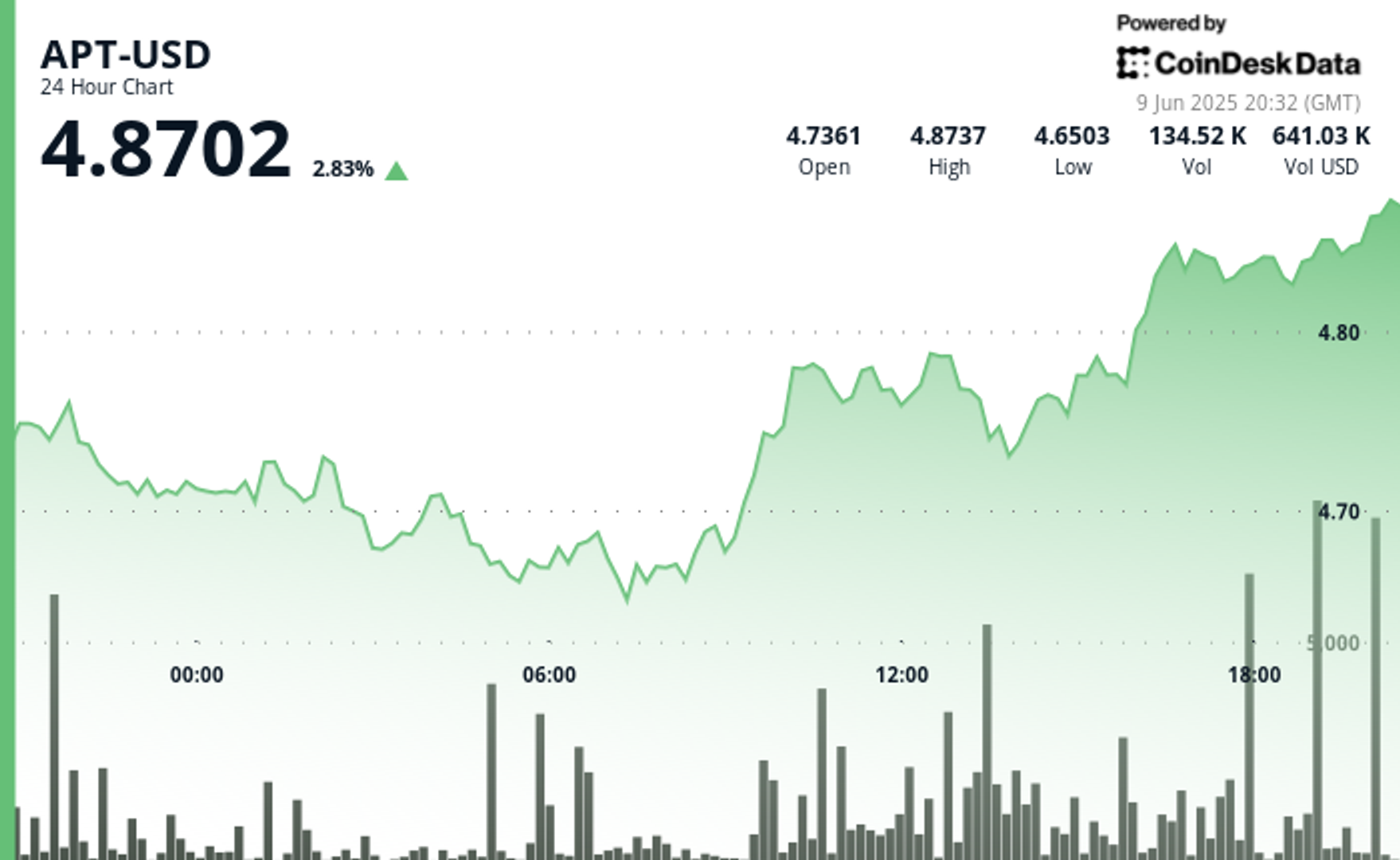
TSMC, Cadence, KLA, Siemens and Synopsys are advancing semiconductor manufacturing by adopting the NVIDIA CUDA-X and NVIDIA Blackwell platforms.
NVIDIA Blackwell GPUs, NVIDIA Grace CPUs, high-speed NVIDIA NVLink fabrics and switches, and domain-specific NVIDIA CUDA-X libraries like NVIDIA cuDSS and NVIDIA cuLitho are improving computational lithography and device simulation for advanced chip manufacturing.
“Our collaboration with NVIDIA represents a significant advancement in semiconductor process simulation,” said Jeff Wu, fellow and director for the technology computer-aided design division at TSMC. “The computational acceleration from CUDA-X libraries and NVIDIA Grace Blackwell will expedite process development by simulating complex manufacturing processes and device behaviors at lower cost.”
NVIDIA cuLitho and Blackwell speed up lithography by up to 25x. GPU acceleration enables leading lithography providers and semiconductor manufacturers such as TSMC to predict and correct lithography issues before production at an unprecedented speed.
Earlier this month, electronic design automation (EDA) software and services provider Cadence announced its Millennium M2000 platform, built exclusively on NVIDIA Blackwell for the EDA market. The M2000 is a scalable turnkey solution for deploying NVIDIA Grace Blackwell and CUDA-X libraries with a fully accelerated portfolio of Cadence design tools.
Cadence is also one of the first to adopt NVIDIA NVLink Fusion, enabling custom silicon scale-up to meet the requirements of demanding workloads for model training and agentic AI inference. By adopting NVLink Fusion, Cadence allows hyperscalers to optimize and validate across the entire design spectrum.
This month, Cadence announced the Millennium M2000 AI Supercomputer to transform silicon, system and drug design. Based on the NVIDIA Blackwell platform, options include the NVIDIA GB200 NVL72 system for tackling massive system-on-a-chip, 3D-IC, and subsystem implementation and signoff using Cadence Cerebrus AI Studio and Cadence multiphysics system analysis tools, as well as the new NVIDIA RTX PRO 6000 Blackwell Server Edition GPU for smaller chip designs and simulations.
“Our collaboration with NVIDIA has always been about pushing the boundaries of what’s possible in both electronic design automation and system design and analysis,” said Michael Jackson, corporate vice president and general manager of the system design and analysis group at Cadence. “The Millennium M2000 platform, built exclusively on NVIDIA Blackwell, isn’t just about faster simulation — it’s about redefining the infrastructure for AI-driven innovation, enabling what was previously impossible.”
Siemens is harnessing the parallel processing power of the NVIDIA CUDA-X libraries and the groundbreaking performance of the Grace Blackwell platform to significantly accelerate its Calibre platform.
This integration enables unprecedented speed and accuracy in critical semiconductor manufacturing steps, including optical proximity correction with nanometer precision, comprehensive physical verification, robust design for manufacturability analysis, thorough reliability verification and seamless integration and automation across the design-to-manufacturing flow.
“Leveraging NVIDIA CUDA-X and Grace Blackwell in our Calibre platform enables faster, more efficient optical proximity correction without sacrificing accuracy for advanced semiconductor nodes,” said Mike Ellow, CEO of Siemens EDA. “This is especially important as chip complexity continues to grow.”
Additionally, Synopsys, a leading EDA software and services provider, is using NVIDIA CUDA-X libraries and Blackwell for its EDA tools, including Synopsys PrimeSim, Proteus, S-Litho, Sentaurus Device and QuantumATK. By integrating with CUDA-X libraries, Synopsys achieved new benchmark results for Sentaurus Device, QuantumATK, and S-Litho on the NVIDIA B200, demonstrating a 12x, 15x and 20x scale-up, respectively, versus comparable CPU infrastructure.
In addition, Synopsys recently announced at NVIDIA GTC that they project Synopsys PrimeSim to run 30x faster and Synopsys Proteus to run 20x faster on NVIDIA Blackwell platforms.
“Synopsys has a long history of collaborating with NVIDIA on accelerating our EDA solutions to maximize the capabilities of engineering teams. Building on our industry-first approach, Synopsys is leveraging NVIDIA’s Blackwell architecture across our TCAD, computational lithography and atomistic simulation products to unlock unprecedented performance gains,” said Sanjay Bali, senior vice president of strategy and product management at Synopsys. “By integrating NVIDIA’s CUDA-X libraries and Blackwell architecture into our industry-leading simulation solvers, we’ve achieved transformative speedups and redefined how EDA is enabling semiconductor manufacturing innovation.”
Semiconductor process control equipment manufacturer KLA and NVIDIA have worked together for over a decade to advance KLA’s physics-based AI with optimized high-performance computing solutions that tap into GPUs and the CUDA ecosystem.
The value of process control in semiconductor manufacturing is increasing due to AI-driven trends, such as more complex designs, accelerated product cycles, higher value wafer volumes and growing advanced packaging demand. KLA’s industry-leading inspection and metrology systems capture and process images by running complex AI algorithms to find the most critical semiconductor defects at lightning-fast speeds.
KLA is looking forward to evaluating the NVIDIA RTX PRO 6000 Blackwell Server Edition with CUDA-X libraries for certain markets to further accelerate inference workloads powering the semiconductor chip manufacturing process.
By embedding NVIDIA Blackwell into EDA, manufacturing and process control, NVIDIA is helping the semiconductor industry deliver the next generation of high-performance chips faster.
Learn more about the latest AI advancements at NVIDIA GTC Taipei, running May 21-22 at COMPUTEX.






